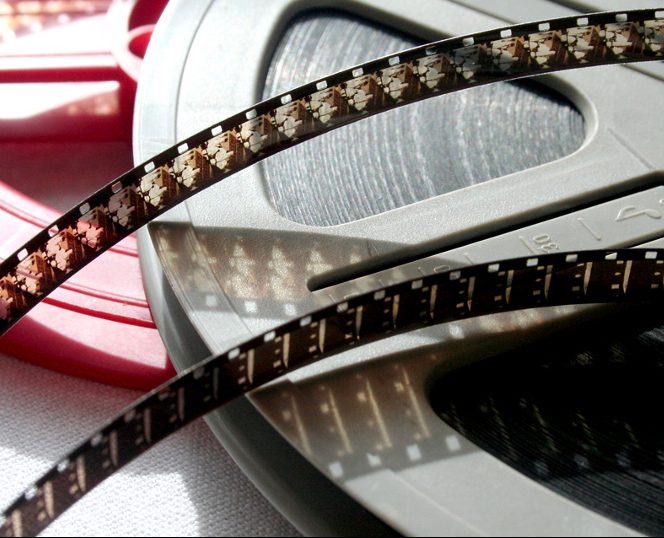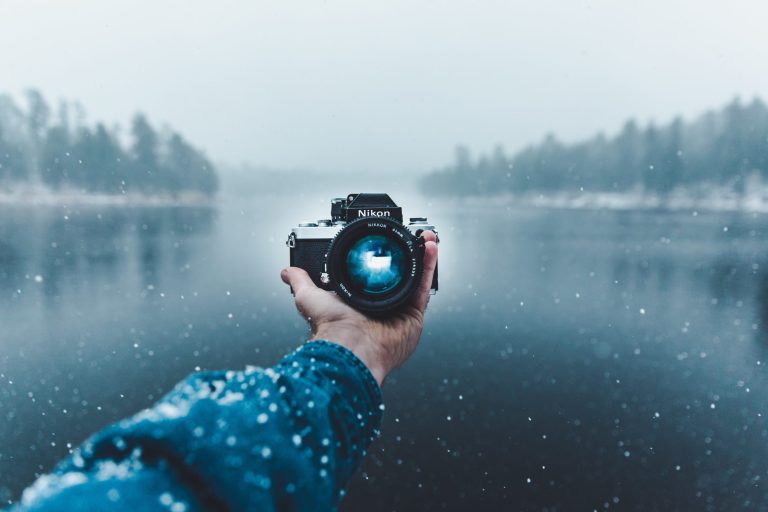Why You Should Shoot Your Novel
There’s a whole lot more to “showing” than you think!
Sol Stein in his book Stein on Writing says, “Twentieth-century readers, transformed by film and TV, are used to seeing stories. The reading experience for a twentieth-century reader is increasingly visual. The story is happening in front of his eyes.”
This is even more true in the twenty-first century. As literary agent and author Donald Maass says in Writing 21st Century Fiction: “Make characters do something that readers can visualize.”
I mentioned that writers are told to show, not tell, yet they’re not shown how.
Here’s what I say in Shoot Your Novel:
There are myriad choices a writer has to make in order to “show” and not “tell” a scene. Writers are often told they need to show, which in essence means to create visual scenes the reader can “watch” unfold as they read.
But telling a writer to “show” is vague. Just how do you show? How do you transfer the clearly enacted scene playing in your mind to the page in a way that not only gets the reader to see just what you want her to see but also comes across with the emotional impact you intend?
Writers know that if they say “Jane was terrified,” that only tells the reader what Jane is feeling; it doesn’t show her terrified. So they go on to construct a scene that shows Jane in action and reacting to the thing that inspires fear in her. And somehow in doing so writers hope they will make their reader afraid too.
But that’s often like using a shotgun approach. You aim at a target from a hundred yards away with a shotgun and hope a few buckshot pellets actually hit the bull’s eye. Many writers think if they just “point and shoot” they will hit their target every time. But then, when they get lackluster reviews, or dozens of agent or publisher rejections, they can’t figure out what they did wrong, or failed to do.
Why is this? Is there some “secret formula” to writing visually impacting scenes every time?
No, not secret. In fact, the method is staring writers in the face.
Don’t use a shotgun method and hope your readers will react the way you intend. If you are specific in how you set up your scenes, you can direct your readers to pay attention to the exact details you want them to, and you can lead them to feel what you want them to feel.
The key objective in a scene is to evoke emotion.
If you don’t lead your readers in the right way, they aren’t going to feel that emotion.
They aren’t going to get engaged in your story, and, guess what? They’ll stop reading.
Let me emphasize this further.
Maybe with terrific marketing you can sell a million copies of a mediocre book. It’s possible. But do you really want to write so-so novels and hope that with a ton of marketing and publicity you’ll make a career as a novelist?
Wouldn’t it be so much better to write fantastic novels that readers the world over love and that garners raving reviews?
You saw how to touch readers’ hearts by writing the heart of your story. If you haven’t read through that book yet, find some time to do so.
Because to fast track to success, you need to know how to get to the heart of your story in order to get to the heart of your reader.
 With Shoot Your Novel, you’ll learn how to set up your scenes so that you can beeline right to the emotion you want to evoke in your reader.
With Shoot Your Novel, you’ll learn how to set up your scenes so that you can beeline right to the emotion you want to evoke in your reader.
It’s all about how to show. And no other book for sale on any venue goes deep into this cinematic technique that will turn your writing world upside down.
If you learn how to show your characters in a way that grabs your reader and keeps him riveted to your book, you will be that much closer to being a best-selling author.
Listen to what some readers say about Shoot Your Novel:
“With such an extensive amount of experience in the screenwriting process (since childhood), it comes as no surprise that C. S .Lakin writes with a trustworthy authority and wealth of insight when it comes to the craft of building dynamic scenes within novels. Having myself adapted The War of the Roses for both film and stage, I can say that I have actually used quite a few of the techniques Lakin discusses. Well worth the read!”
—Warren Adler, best-selling author of The War of the Roses and Random Hearts
(You have heard of Warren’s novels, right? They were also made into blockbuster movies!)
“I gotta admit, I really liked this one. It took about two hours to read, but the payoff should be huge. Here’s the main takeaway for writers: approach your writing like a cinematographer. Plan every scene in your book and choose a camera angle (perspective) to tell your story from. The author explains a number of different camera shots directors use, then goes on to explain how and when to use them. She also provides numerous examples of the camera angles as used in books and movies. If you want to bring your books to life, buy this book. Highlight it. Read it often. Practice telling your story using different camera angles. Well worth the investment.”
—Nick Vulich
“I just finished reading Shoot Your Novel, and my mind is exploding with new ideas. Though I wish I would have read this BEFORE I wrote my first draft, I find this book just perfect for writing the SECOND draft. All my scenes have already been written. This makes it easy for me to use what I have learned to reexamine them with a cinematographer’s hat, and rewrite them for maximum effect. I’ll never watch a good movie, or read a good book the same way again.
At first I thought that this was just a book showing the art of movie making. But then Lakin began to give examples from her own books and from other authors of how to translate various camera shots and effects into the narrative. Once I saw how this was done, I began seeing in my mind the places where I could make very dramatic improvements in my first draft. My biggest problem – telling rather than showing. Lakin has shown me how to change all that. For me, she is making the writing of the second draft FUN!”
—Douglas Thompson (boldface mine)
Don’t just “get” what “show don’t tell” is about.
Master it. Learn specific technique to set up your scenes, move your “camera” to lead up to your high moment, then make readers not only notice what you want them to notice—make them feel what you want them to feel.
Novels that effect readers emotionally are the novels that see success.
Get your copy of Shoot Your Novel here on AMAZON, in print or ebook. And be prepared for your writing to rise to a whole new level!











